First-Year Success: Evaluating a Peer-Led Learning Community Program
First-Year Programs (FYP) utilizes multiple approaches to assess student learning outcomes and program success. Institutional data are used …


First-Year Programs (FYP) utilizes multiple approaches to assess student learning outcomes and program success. Institutional data are used …

The poster gives the Assessment Tools that we use in our department to assess our department Program Objectives …
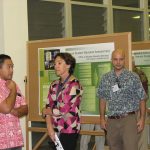
Each year, the Office of Student Housing Services conducts an assessment to measure our resident’s perspective of various …
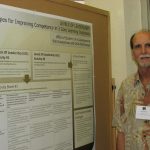
Two years ago, the staff of the Office of Student Life and Development (SLD) began the process of …
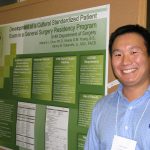
Due to the growing diversity of the United States population, various legal mandates and accrediting bodies require doctors …

Empirical data in relation to students’ satisfaction with tutoring sessions were gathered with an open-ended survey from one …
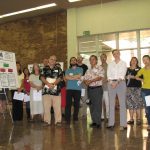
Several studies have revealed that successful mentoring affects college student retention. Also, research on attrition shows that the …
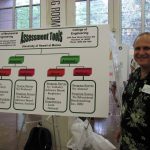
The poster gives the Assessment Tools that we use in our department to assess our department Program Objectives and …
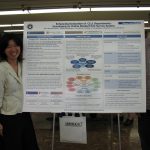
The College of LLL (CLLL) formed an Evaluation Resource Team (LLL-ERT) to (a) create evaluation capacity and a …
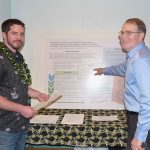
In Spring 2013, the Matsunaga Institute for Peace and Conflict Resolution (MIPCR) began a program review process by …

Over the past several years the Department of Speech has collected data from Speech majors prior to their …
The Myron B. Thompson School of Social Work -Approximately 20 students graduate with a Bachelor’s degree in Social …
The objective of this study was to develop online case-based anatomy learning modules and assess student perceptions of …
Quantitative assessments in noncredit education typically evaluate participant’s satisfaction or experiences with courses and the instructor. Learning outcomes …
The annual University of Hawaiʻi (UH) Online 5-Week Professional Development (PD) Program was created in 2018 in alignment …
This workshop introduces attendees to survey questions that reveal respondents’ perceptions of learning, and it provides information on …
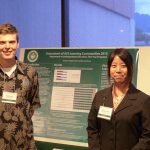
Access to College Excellence (ACE) at UHM provides a series of first year programs that serve approximately 25% …
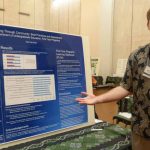
Access to College Excellence (ACE) at UHM provides a series of first year programs that serve approximately 25% …

Five faculty in Department of Microbiology run five programs (BS/BA Microbiology; BS Molecular Cell Biology (MCB); MS/PhD Microbiology). …
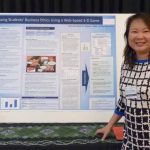
In Fall 2014 and Spring 2015, I surveyed the reactions of N = 58 undergraduate students in three …

This poster highlights the work of University of Hawaii at Manoa 2013 Information Literacy Working Group. Tasked by …
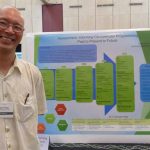
The Learning Assistance Center (LAC) offers academic support, e.g., tutoring and supplemental instruction (SI) study groups, for students …
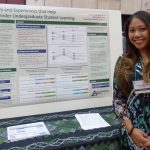
Institutions that understand what helps and hinders student learning will know how to improve student proficiency in core …
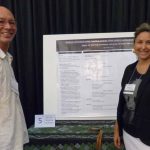
The online teaching award began at Manoa during the 2013-2014 academic year. This poster will present the positive …
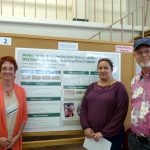
The Come Back to Mānoa program, established in Summer 2014 by the University of Hawaiʻi at Mānoa and …
This workshop shows how programs can conduct alumni and employer surveys for improvement. For the last 2 years, …
In this workshop, the presenters will take participants through a step-by-step procedure to create surveys about student learning …
This workshop will describe the purpose, strengths, and weaknesses of each data collection method. For Academic Programs: PowerPoint …
This workshop will introduce you to the basics of survey design, from planning to question construction and layout. …
This workshop provides advice on using surveys in university departments/programs, focusing on assessment project planning, survey development, and …
In this workshop you will learn how to carry out a preliminary analysis of open-ended survey responses; how …